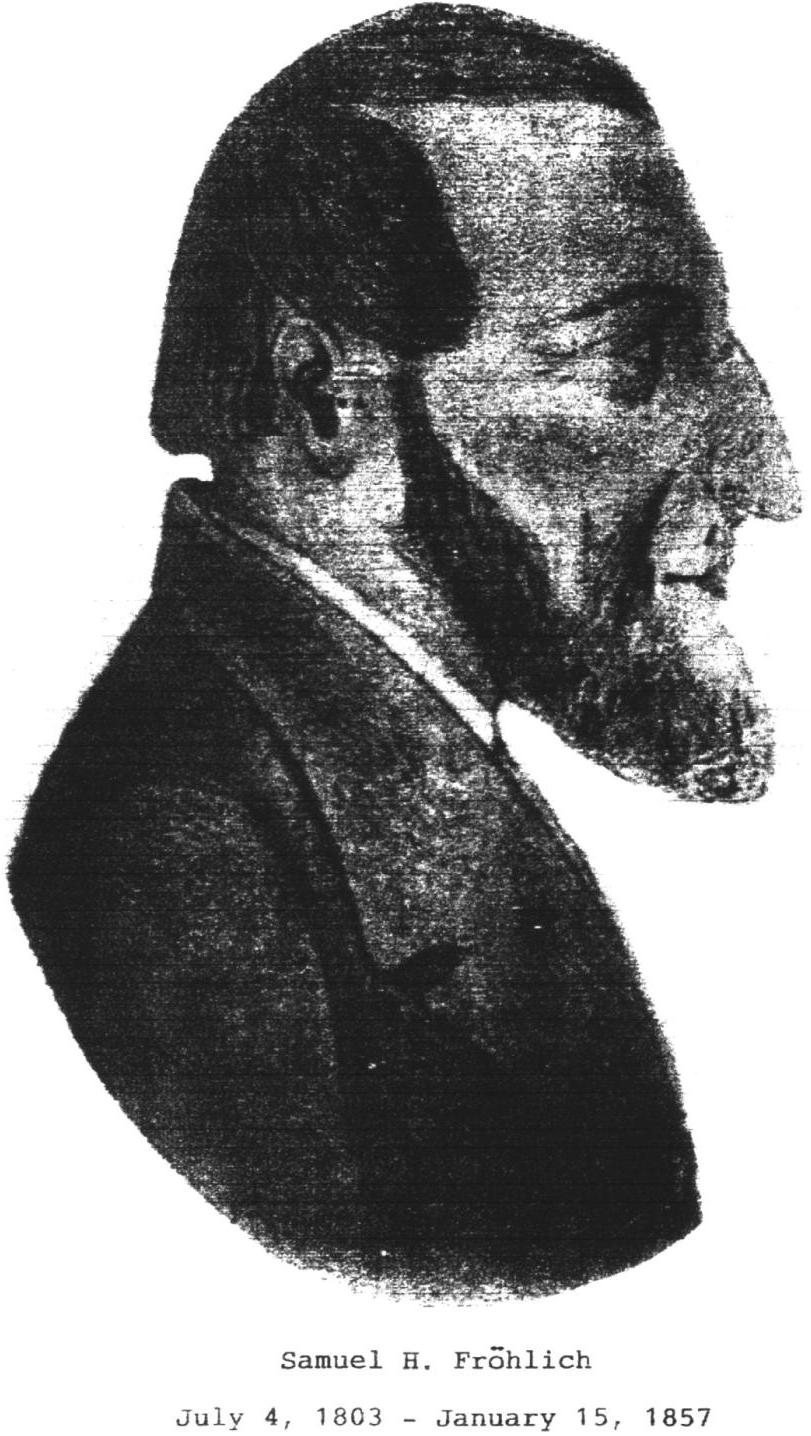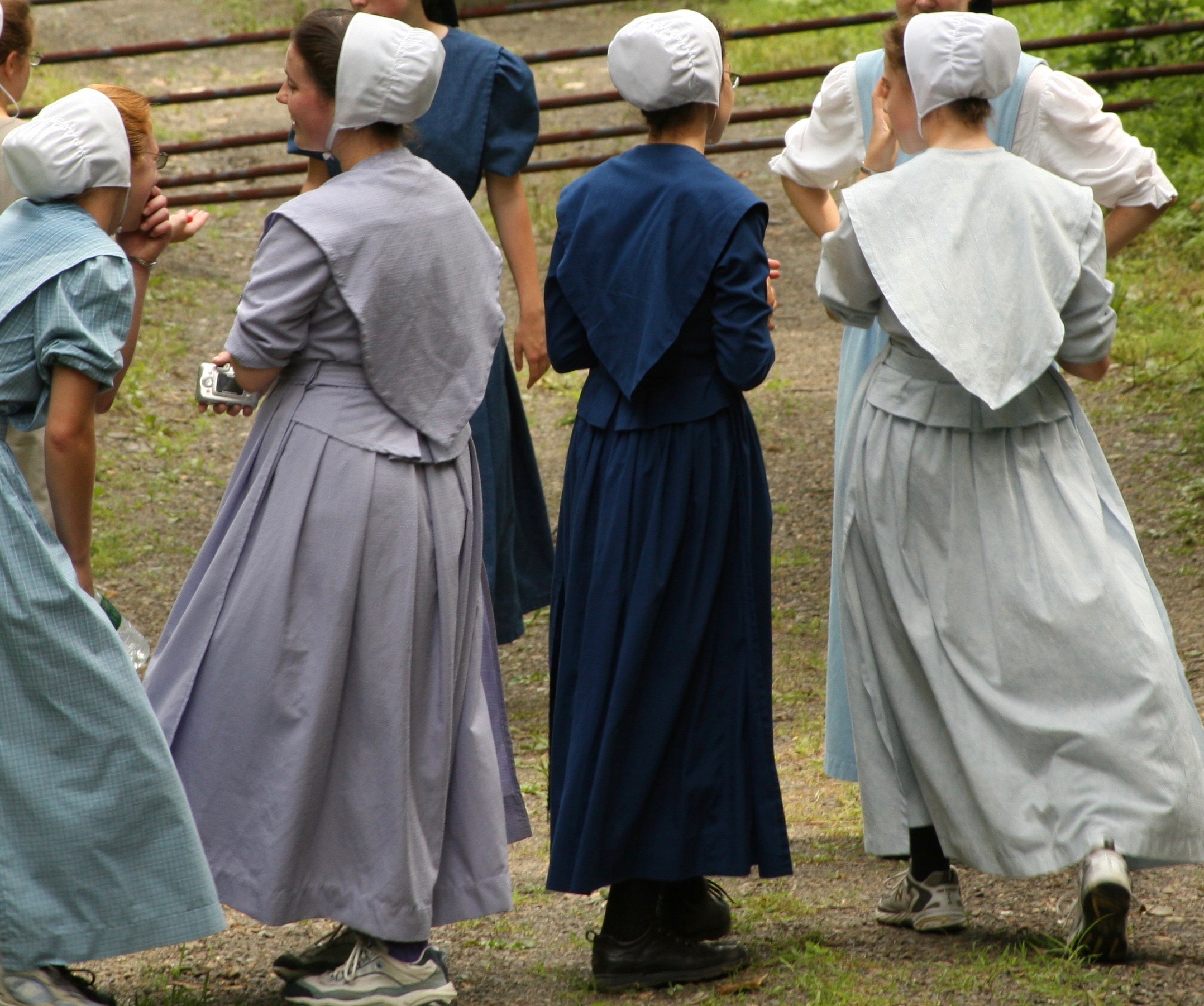|
Christian Headcovering
Christian head covering, also known as Christian veiling, is the traditional practice of women covering their head in a variety of Christian denominations. Some Christian women, based on historic Oriental Orthodox, Eastern Orthodox, Catholic, Lutheran, Moravian, Reformed, Anglican, Methodist, Baptist and Plymouth Brethren teaching, wear the head covering in public worship and during private prayer at home (though some women belonging to these traditions may also choose to wear the head covering outside of prayer and worship), while others, especially traditional Anabaptist Christians, believe women should wear head coverings at all times, based on Saint Paul's dictum that Christians are to "pray without ceasing" and Saint Paul's teaching that women being unveiled is dishonourable. Genesis 24:65 records the veil as a feminine emblem of modesty. Manuals of early Christianity, including the Didascalia Apostolorum and Pædagogus instructed that a headcovering must be worn by wom ... [...More Info...] [...Related Items...] OR: [Wikipedia] [Google] [Baidu] |
Anabaptism
Anabaptism (from Neo-Latin , from the Greek : 're-' and 'baptism', german: Täufer, earlier also )Since the middle of the 20th century, the German-speaking world no longer uses the term (translation: "Re-baptizers"), considering it biased. The term (translation: "Baptizers") is now used, which is considered more impartial. From the perspective of their persecutors, the "Baptizers" baptized for the second time those "who as infants had already been baptized". The denigrative term Anabaptist, given to them by others, signifies rebaptizing and is considered a polemical term, so it has been dropped from use in modern German. However, in the English-speaking world, it is still used to distinguish the Baptizers more clearly from the Baptists, a Protestant sect that developed later in England. Compare their self-designation as "Brethren in Christ" or "Church of God": . is a Protestant Christian movement which traces its origins to the Radical Reformation. The early Anabaptist ... [...More Info...] [...Related Items...] OR: [Wikipedia] [Google] [Baidu] |
Conservative Friends
Conservative Friends are members of a certain branch of the Religious Society of Friends (Quakers). In the United States of America, Conservative Friends belong to three Yearly Meetings, Ohio, North Carolina, and Iowa. English Friends affiliated with the Conservative branch tend to use the term Primitive, or (less frequently) Plain. There is no single unifying association of Conservative Friends, unlike three of the other branches of Quakerism in America, represented by Friends United Meeting, Evangelical Friends International, and Friends General Conference. Characteristics of Conservative Friends Conservative Friends are often seen as occupying a middle ground between the theologically liberal wing and the evangelical wing of the Society of Friends. Their origin is found in early 19th-century schisms, first with liberal, " Hicksite" Friends and then with evangelical-oriented " Gurneyite" Friends. In the latter schism, what are now called Conservative Friends were known as " Wi ... [...More Info...] [...Related Items...] OR: [Wikipedia] [Google] [Baidu] |
Conservative Mennonite
Conservative Mennonites include numerous Conservative Anabaptist groups that identify with the theologically conservative element among Mennonite Anabaptist Christian fellowships, but who are not Old Order groups or mainline denominations. Conservative Mennonites adhere to Anabaptist doctrine as contained in the Schleitheim Confession and the Dordrecht Confession, with ''Doctrines of the Bible'' compiled by Mennonite bishop Daniel Kauffman being used for catechesis. Seven Ordinances are observed in Conservative Mennonite churches, which include "baptism, communion, footwashing, marriage, anointing with oil, the holy kiss, and the prayer covering." Conservative Mennonites have Sunday school, hold revival meetings, and operate their own Christian schools/ parochial schools. Additionally, Conservative Mennonite fellowships are highly engaged in evangelism and missionary work; a 1993 report showed that Conservative Anabaptist denominations (such as Conservative Mennonites ... [...More Info...] [...Related Items...] OR: [Wikipedia] [Google] [Baidu] |
Anabaptist Doctrine
Anabaptist theology, also known as Anabaptist doctrine, is a theological tradition reflecting the doctrine of the Anabaptist Churches. The major branches of Anabaptist Christianity (inclusive of Mennonites, Amish, Hutterites, Bruderhof, Schwarzenau Brethren, River Brethren and Apostolic Christians) agree on core doctrines but have nuances in practice. While the adherence to doctrine is important in Anabaptist Christianity, living righteously is stressed to a greater degree. Important sources for Anabaptist doctrine are the Schleitheim Confession and the Dordrecht Confession of Faith, both of which have been held by many Anabaptist Churches throughout history. Daniel Kauffman, a bishop of the Mennonite Church, codified Anabaptist beliefs in the influential text ''Doctrines of the Bible'', which continues to be widely used in catechesis. John S. Oyer states that the Old Order Amish have an implicit theology that can be found in their biblical hermeneutics, but take little inte ... [...More Info...] [...Related Items...] OR: [Wikipedia] [Google] [Baidu] |
1 Corinthians 11
1 Corinthians 11 is the eleventh chapter of the First Epistle to the Corinthians in the New Testament of the Christian Bible. It was authored by Paul the Apostle and Sosthenes in Ephesus. In this chapter, Paul writes on the conduct of Christians while worshiping together and enjoins the ordinances of headcovering and the Eucharist. Text The original text was written in Koine Greek. This chapter is divided into 34 verses. Textual witnesses Some early manuscripts containing the text of this chapter are: *Codex Vaticanus (AD 325–350) *Codex Sinaiticus (330–360) *Codex Alexandrinus (400–440) *Codex Ephraemi Rescriptus (~450; complete). * Codex Freerianus (~450; extant verses 9–10, 18–19, 26–27) *Codex Claromontanus (~550) *Codex Coislinianus (~550; extant verses 9–16) Imitator of Christ (11:1) Theologian John Gill suggests that these words "more properly close the preceding chapter, than begin a new one", and many commentators agree. Paul concludes his argumen ... [...More Info...] [...Related Items...] OR: [Wikipedia] [Google] [Baidu] |
John Chrysostom
John Chrysostom (; gr, Ἰωάννης ὁ Χρυσόστομος; 14 September 407) was an important Early Church Father who served as archbishop of Constantinople. He is known for his preaching and public speaking, his denunciation of abuse of authority by both ecclesiastical and political leaders, his '' Divine Liturgy of Saint John Chrysostom'', and his ascetic sensibilities. The epithet (''Chrysostomos'', anglicized as Chrysostom) means "golden-mouthed" in Greek and denotes his celebrated eloquence. Chrysostom was among the most prolific authors in the early Christian Church, although both Origen of Alexandria and Augustine of Hippo exceeded Chrysostom. He is honoured as a saint in the Oriental Orthodox, Eastern Orthodox, Catholic, Anglican, and Lutheran churches, as well as in some others. The Eastern Orthodox, together with the Byzantine Catholics, hold him in special regard as one of the Three Holy Hierarchs (alongside Basil the Great and Gregory of Nazia ... [...More Info...] [...Related Items...] OR: [Wikipedia] [Google] [Baidu] |
Christianity Today
''Christianity Today'' is an evangelical Christian media magazine founded in 1956 by Billy Graham. It is published by Christianity Today International based in Carol Stream, Illinois. ''The Washington Post'' calls ''Christianity Today'' "evangelicalism's flagship magazine". ''The New York Times'' describes it as a "mainstream evangelical magazine". On August 4, 2022, Russell D. Moore—notable for denouncing and leaving the leadership of the Southern Baptist Convention—was named the incoming Christianity Today Editor-in-Chief. ''Christianity Today'' has a print circulation of approximately 130,000, of which approximately 36,000 is free, and readership of 260,000, as well as a website at ChristianityToday.com. The founder, Billy Graham, stated that he wanted to "plant the evangelical flag in the middle of the road, taking the conservative theological position but a definite liberal approach to social problems". Other active publications currently active within Christiani ... [...More Info...] [...Related Items...] OR: [Wikipedia] [Google] [Baidu] |
Apostolic Christian Church
The Apostolic Christian Church (ACC) is a worldwide Christian denomination from the Anabaptist tradition that practices credobaptism, closed communion, greeting other believers with a holy kiss, a capella worship in some branches (in others, singing is with piano), and the headcovering of women during services. The Apostolic Christian Church only ordains men, who are authorized to administer baptism, the Lord's Supper, and the laying on of hands. History The origins of the Apostolic Christian Church are found in the conversion experience of Samuel Heinrich Froehlich (1803–57) of Switzerland. Froehlich was baptized in 1832 and soon founded the ''Evangelical Baptist Church.'' The first American church was formed in Lewis County, New York, in 1847 by Benedict Weyeneth (1819–87), who had been sent by Froehlich at the request of Joseph Virkler, a Lewis County minister in an Alsatian Amish-Mennonite church. In 1848 a church was formed in Sardis, Ohio. The church experienced ... [...More Info...] [...Related Items...] OR: [Wikipedia] [Google] [Baidu] |
River Brethren
The River Brethren are a group of historically related Anabaptist Christian denominations originating in 1770, during the Radical Pietist movement among German colonists in Pennsylvania. In the 17th century, Mennonite refugees from Switzerland had settled their homes near the Susquehanna River in the northeastern United States. Their religious guides, Jacob and John Engle, joined with the revival, and their followers were often known by their locality: a group of brethren from north of Marietta, Pennsylvania, on the east side of the Susquehanna River came to be known as the ''River Brethren''. The initial spiritual leader of the ''brethren'' was Martin Boehm, evangelical preacher, who was excluded from the Mennonite Church. He later became bishop of the Church of the United Brethren in Christ. The ''River Brethren'' distanced themselves from Boehm and the United Brethren movement. Influenced by the Schwarzenau Brethren (named ''Dunkers''), the River Brethren developed a con ... [...More Info...] [...Related Items...] OR: [Wikipedia] [Google] [Baidu] |
Schwarzenau Brethren
The Schwarzenau Brethren, the German Baptist Brethren, Dunkers, Dunkards, Tunkers, or sometimes simply called the German Baptists, are an Anabaptist group that dissented from Roman Catholic, Lutheran and Reformed European state churches during the 17th and 18th centuries. German Baptist Brethren emerged in some German-speaking states in western and southwestern parts of the Holy Roman Empire as a result of the Radical Pietist revival movement of the late 17th and early 18th centuries. Hopeful of the imminent return of Christ and desiring to follow Jesus in their daily life, the founding Brethren abandoned State churches and officially formed a new church in 1708. They thereby attempted to translate the New Testament idea of brotherly love into concrete congregational ordinances for all the members. The Brethren rejected some Radical Pietists’ focus on emotionalism and direct revelation, and emphasized early ("Apostolic" or "primitive") New Testament Christianity as the bindi ... [...More Info...] [...Related Items...] OR: [Wikipedia] [Google] [Baidu] |


-Hosios_Loukas.jpg)
_(14596857218).jpg)



